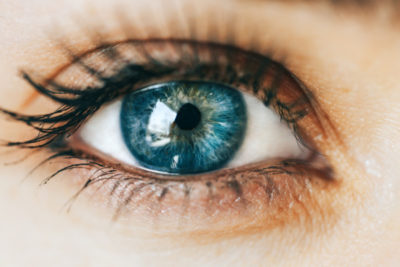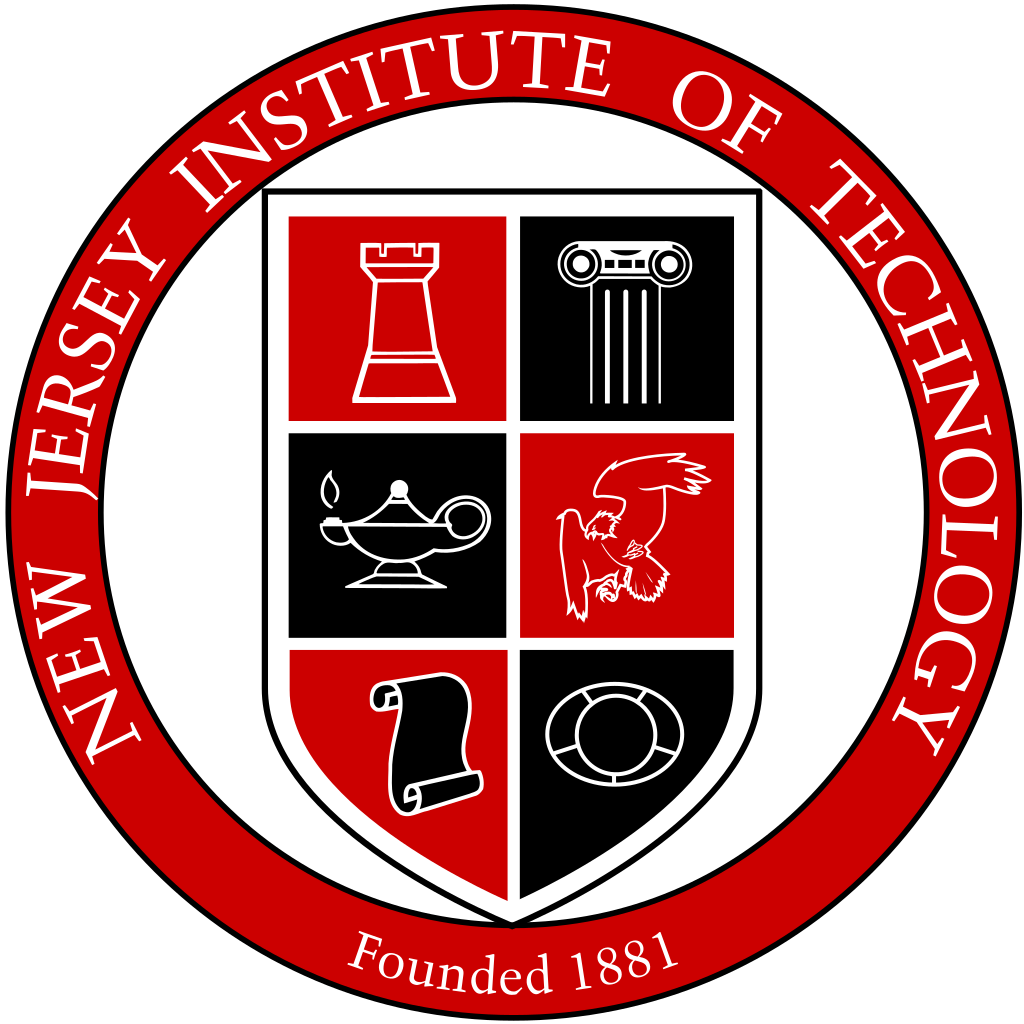 LOCATION: Newark, New Jersey, USA
LOCATION: Newark, New Jersey, USA
PROJECT LAUNCHED: 2016
PROJECT LEADS:
- New Jersey Institute of Technology (NJIT) Vision and Neural Engineering Laboratory
EPICS IN IEEE FUNDING: $9,929 USD
PROJECT OVERVIEW & UPDATES
Binocular dysfunction, the inability of both eyes to work together, has been called the hidden learning disability. Indeed, few other physical conditions can so drastically affect the academic performance of children, including those with brain injury. Youngsters with this condition can’t concentrate because of blurred or double vision. They also experience eyestrain and headaches while trying to read or use a computer.
Vision therapy in a physician’s office is helpful, but the $3,000 to $5,000 expense usually is not covered by insurance. Less costly therapies for home use can also be beneficial, but children fail to use them because they are repetitive and boring.
In New Jersey, a team of four biomedical engineering students at the New Jersey Institute of Technology (NJIT) and two high school students are changing things. In collaboration with The Eye Institute, a non-profit organization that serves Philadelphia and the Delaware Valley, the students are creating a significantly less expensive, home-based device designed to make therapy sessions both effective and fun.
The group is transforming at-home vision therapy into a high-quality, 3D video game that will appeal to children, although adults can also benefit from it. Patients undergo therapy sessions wearing a head-mounted display that provides a colorful, engrossing virtual-reality experience. By correctly aligning and maintaining eye position for an amount of time set by the clinician, the patient “destroys” 3D, digital models of alien creatures.
The device mechanics and therapeutic procedures that must be built into the game were begun during an NJIT summer research program. Now, an EPICS in IEEE grant of $9,929 is enabling the team to make major improvements in both the hardware and software, produce a prototype, and collect and assess clinical data from patients in the target age range of 8-18 years. Ultimately, the students want to make the device available wherever children needing this therapy may be.
The project is providing the high school students participating in the project with practical, hands-on experiences that are expanding their knowledge of engineering principles as they take part in the overall engineering design process.
For everyone, the goal is a complete, validated and therapeutically effective vision therapy game that will cost about $600 – a much more affordable option for families anywhere with limited financial resources.
VR Helps Treat Poor Vision | EE Times | July 2016
Five students supported by an IEEE program used a VR system to create a fun and inexpensive way to treat a vision problem in young people.
Since its inception, EPICS in IEEE has sought to show the benefits of empowering students to work with local service organizations to engineer and implement solutions for their communities’ unique challenges. One example is a virtual reality project to treat binocular dysfunction being led by five New Jersey Institute of Technology (NJIT) students.
PROJECT PARTNERS

New Jersey Institute of Technology (NJIT)
